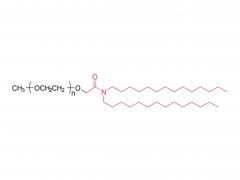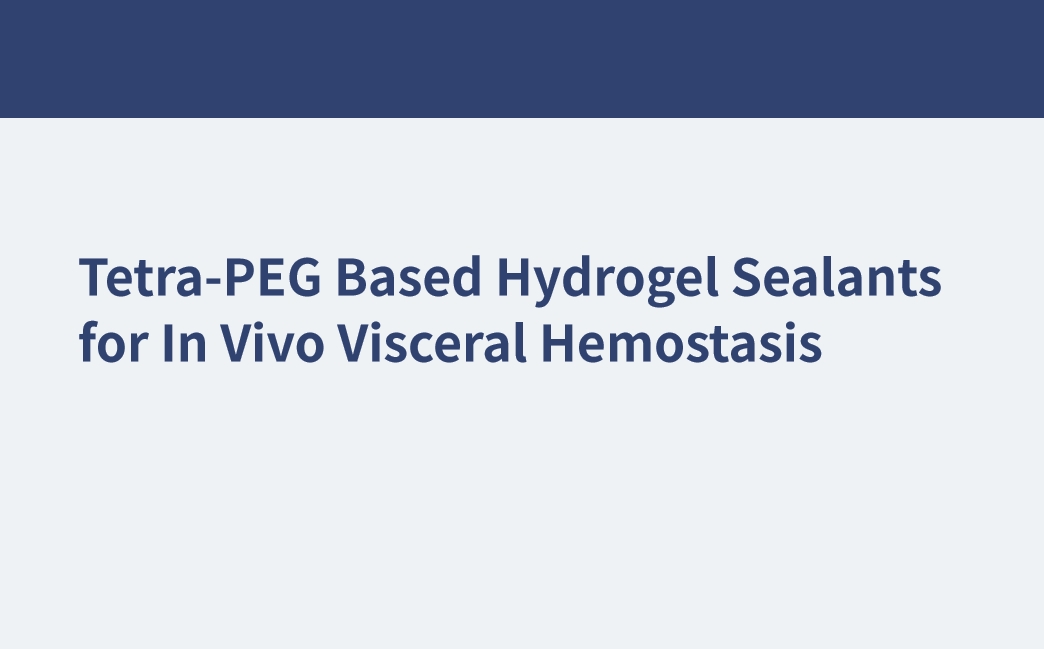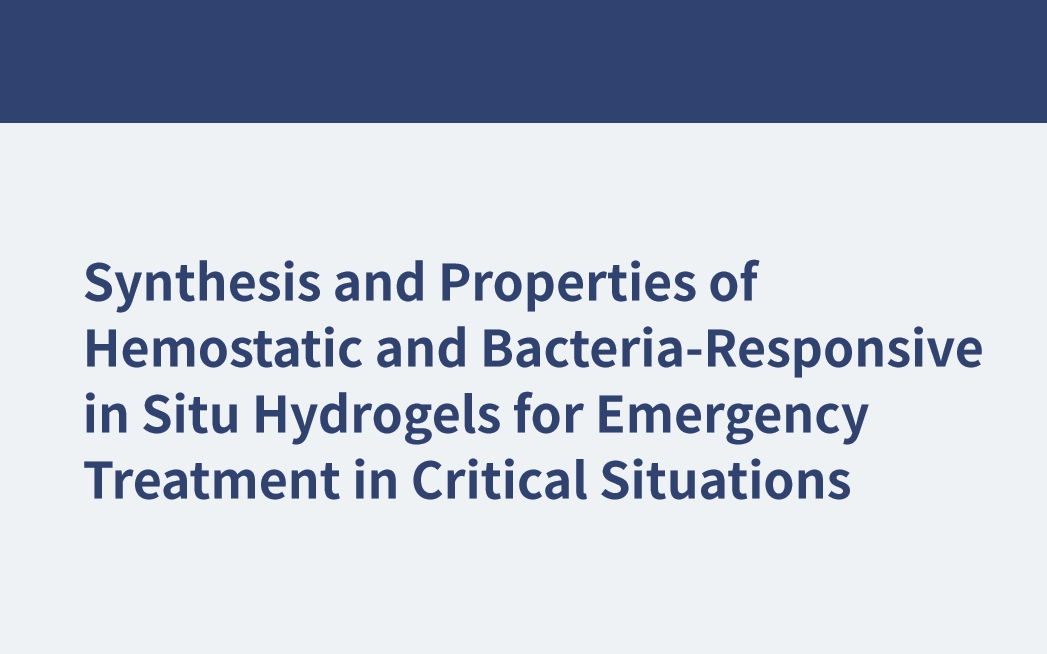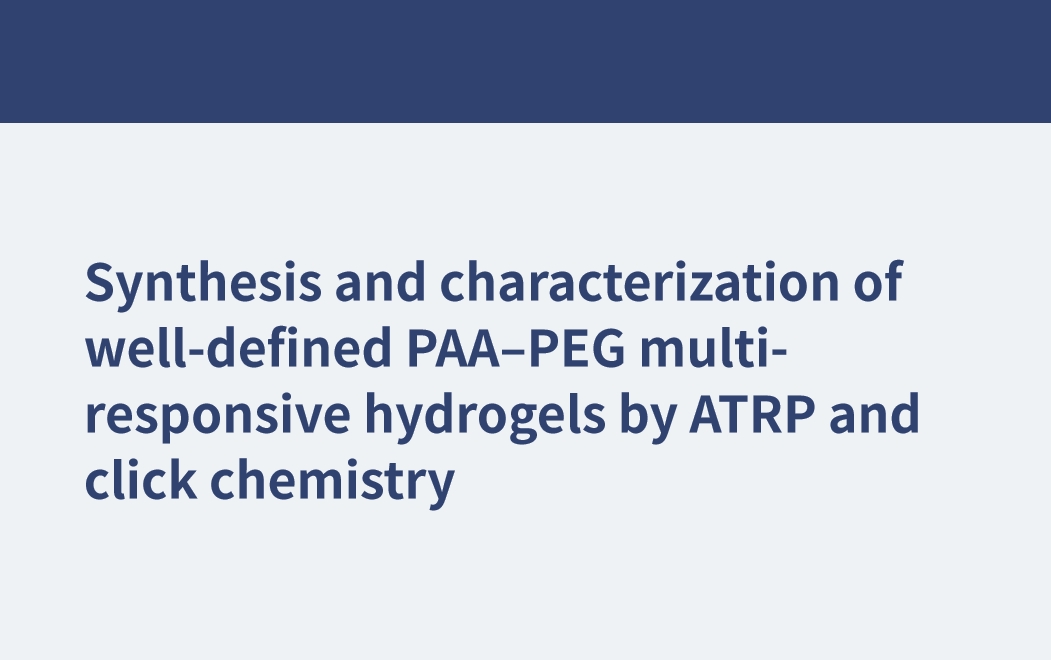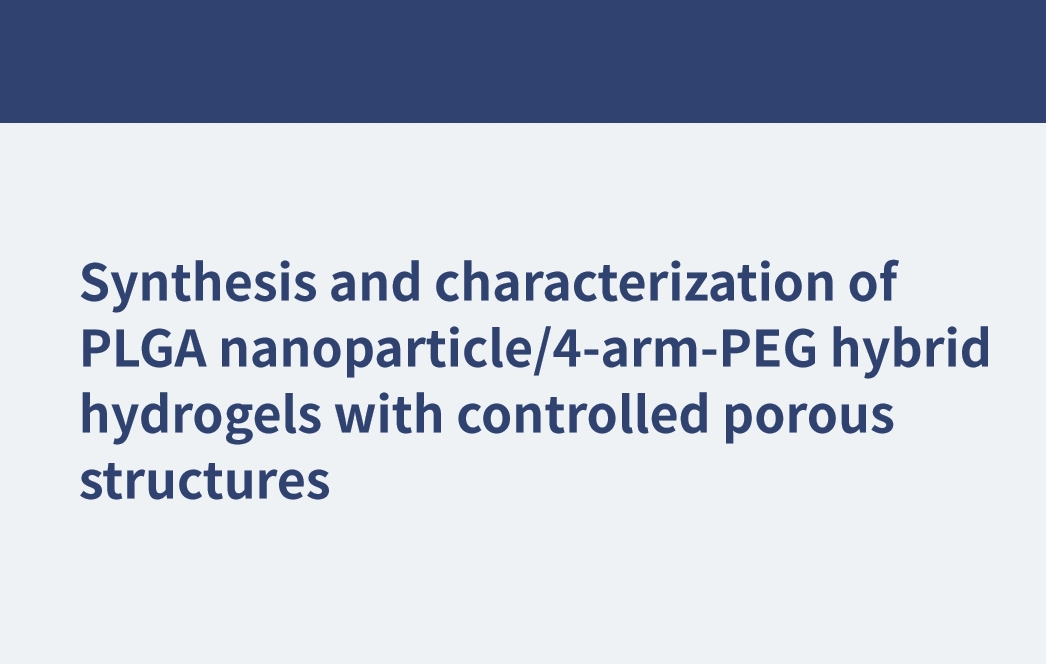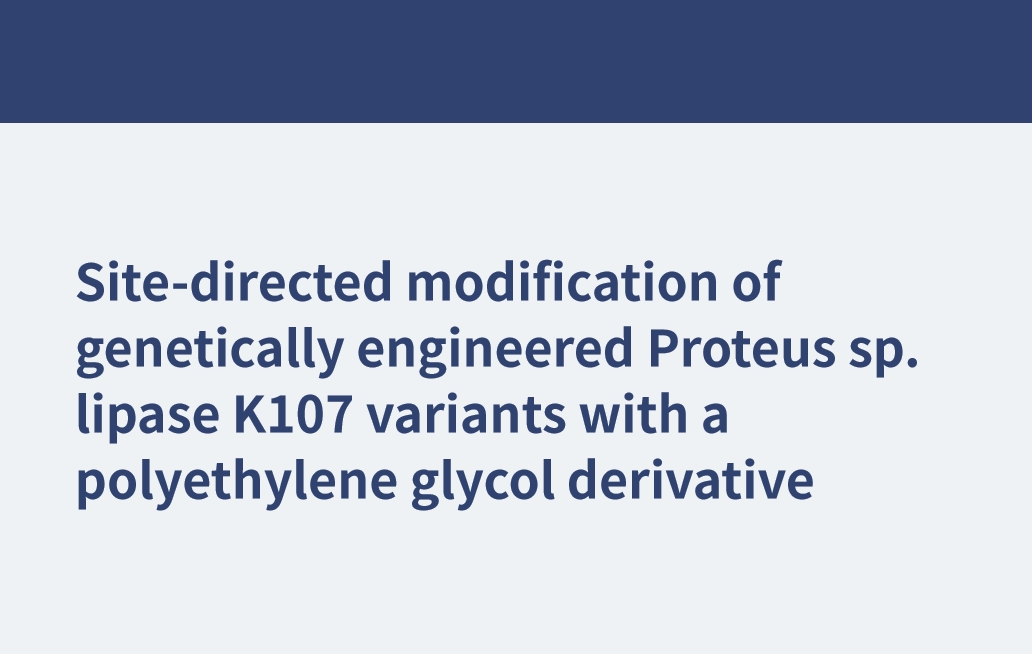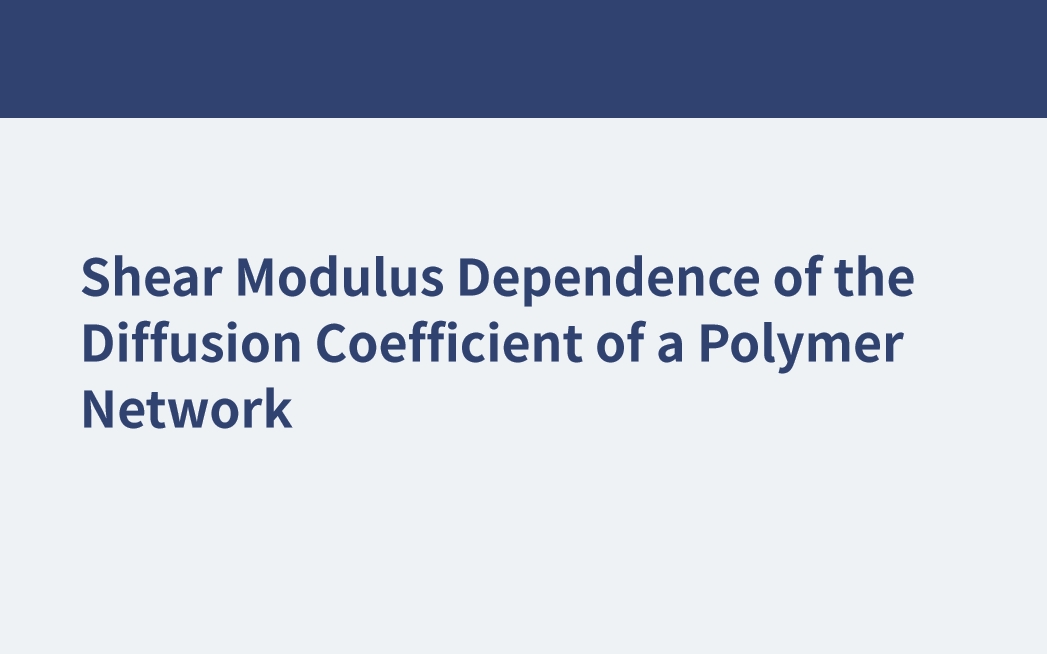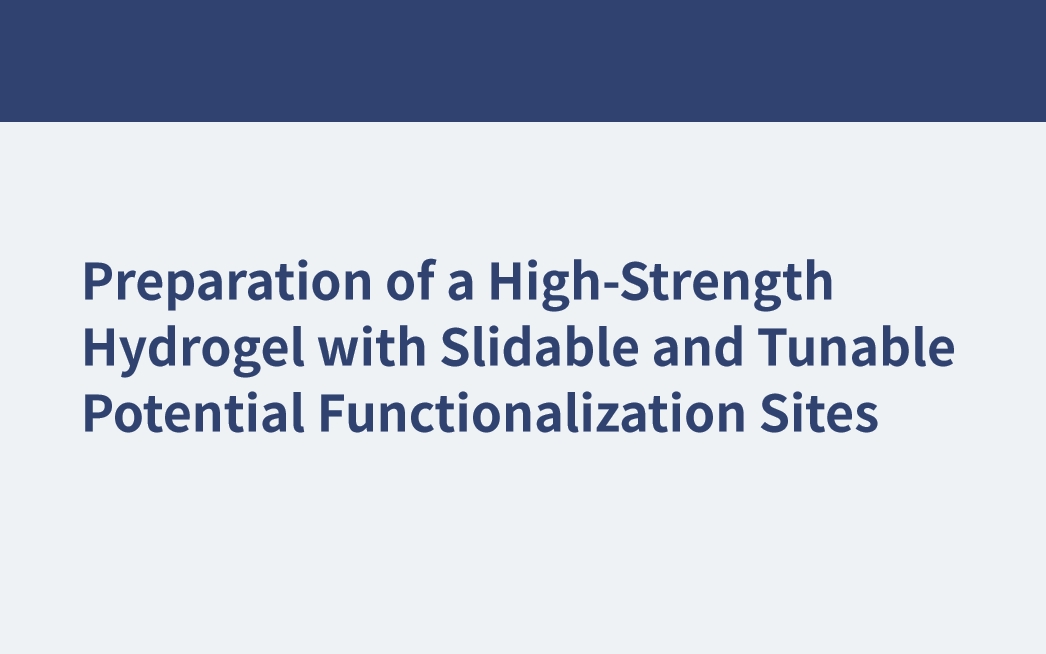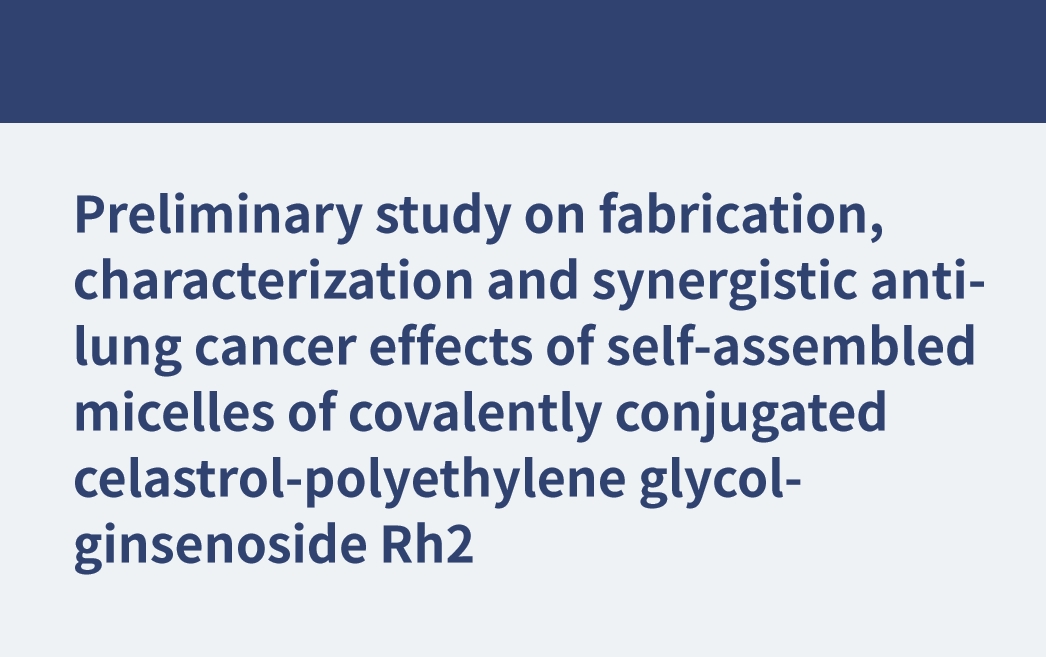Adv Mater. 2019 Jul;31(28):e1901580. doi: 10.1002/adma.201901580. Epub 2019 May 20. Tetra-PEG Based Hydrogel Sealants for In Vivo Visceral Hemostasis Abstract Medical sealant devices for in vivo hemostasis are far from satisfactory in the aged society. A major challenge is effective integration of quick hemorrhage control of the increased anticoagulated patients, high safety, and facile accessibility. Here, a well-defined ammonolysis-based Tetra-PEG hydrogel sealant is developed with rapid gelation speed, strong tissue adhesion, and high mechanical strength. Introduction of cyclized succinyl ester groups into a hydrogel matrix endows the sealant with fast degradable and controllably dissolvable properties. The hydrogel possesses outstanding hemostatic capabilities even under the anticoagulated conditions while displaying excellent biocompatibility and feasibility. These results reveal that the optimized hydrogel may be a facile, effective, and safe sealant for hemorrhage control in vivo. Keywords: Tetra-PEG hydrogels; controllable dissolution; fast degradation; sealants; visceral hemostasis. Related products Abbreviation: Tetra-PEG For more product information, please contact us at: US Tel: 1-844-782-5734 US Tel: 1-844-QUAL-PEG CHN Tel: 400-918-9898 Email: sales@sinopeg.com
View More







